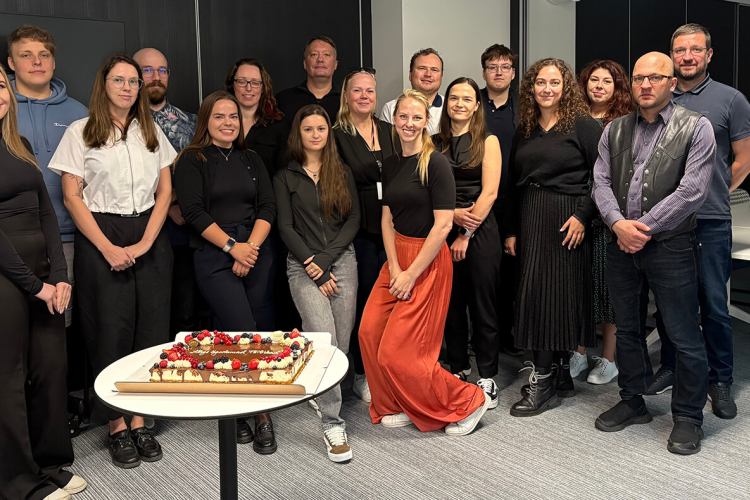Improvement, invention or innovation?
When business people say that they ‘need something innovative’ they might mean a number of different things. They seem to believe that they need something new or different to make more money or cut some costs.

As you would probably guess from the title, there are a lot of terms available for this. Leave those aside for now. Instead, let’s concentrate on the process itself.
You need certain elements to be successful (not necessarily in the following order):
- Desire for improvements/benefits
- The need/pain of someone (e.g. customer)
- An idea about a possible solution
- Confirmation that your idea works
- Possible benefits for the company and a rational reason for them
- The communicated need or intent to change
- Budget and ROI calculations
- Someone responsible for the change (and an interested advocate in the management)
- Time for making changes and a reasonable plan getting it all done
What will and will not work then?
There aren't always too many good ideas around to implement and this is where UX design comes in. UX design has some great tools for figuring out the needs (point 2) and a great place to start is research.
Then UX also has good tools for defining those ideas (point 3) - ideation and prototyping. Validation (4th on the list) is often done either with user testing or by doing some new research. It depends on the idea.
Generating ideas is usually a fast process. Working out the suitable solutions however, might take a bit longer.
Case example: Understanding the needs and desires of your customers
You might already have some ideas on how to take that extra step, but somehow none of them seem 100% right. Going that extra mile for your customers means you need to understand their behaviour and why they do the things they do.
In this case we usually find out, describe and illustrate their everyday life. This might mean observing some service cases or taking a ‘ride’ together with the customer. We document their main issues and pain points. The points where you are not helping your customers and they feel frustration or a need for help.
This process will give new ideas and might also confirm the need of implementing existing ones. After this we have enough information for making some basic benefit calculations, an important part of information you need for making an informed decision.
The process will take about 48 hours to complete (3 weeks).
Case study: Validating the idea
"We have an idea for a website to support our customer service processes in the eyes of our customers. We haven’t seen this approach before, and we are not completely sure our customers will use it. Some people in my team are quite optimistic and also there are some, who believe it will never work.’
‘This could increase the level of the service and customer satisfaction. Our investment is big, but if successful, we will increase our customer engagement and decrease the customer churn rate. The project will be profitable in 6 months."
Step 1 - validation
In this case validation is as simple as e-mailing just a few of the customers, who will most likely use the future site. The e-mail should include a link showing a small section (and maybe the most important part) of a service you are planning to create.
Clicking on that link, selected customers will see some custom websites. We use e-mail statistics to track the interest (link clicks). We will need at least 50 customers to make a decision. Otherwise the statistics will not reveal enough information.
This step takes 3-4 weeks to complete. About 45 hours in total. If we see that there is enough interest for the service, we could continue with validating the full solution. This means we need a prototype.
Step 2 - prototyping and user testing
The prototype should have all the intended functions. It should contain all the fields, buttons, navigation elements and information. It should be cheap to produce and easy to change if needed. Think in the line of paper prototypes and clickable black-and-white wireframes.
After that we will confirm the solution with real customers, i.e. do some user testing. With user testing we can find and fix illogical areas of the solution. As a result you will have a solution that is customer friendly and easy to use. You can use this data as an input for graphical design and development phases coming up later.
This step will take an extra 128 hours (8 weeks in total) to complete.
So what did we learn from this?
Small steps will help you to start moving towards better services and gives you a desired benefit. Is it innovation, invention or mere improvement? Who cares as long as it will work! :)







